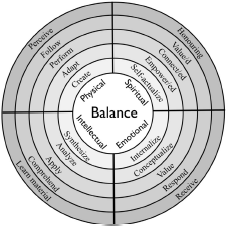We’re getting bored with Netflix. In trying to find a new series to binge watch, we came across a 2016 drama called Designated Survivor. As we watched the first scenes with the images of a burning Capitol Building in Washington DC, I got shivers; two weeks prior we were watching real and not fictional images of violent protestors storming the Capitol in a bid to overthrow democratic due process. Why am I mentioning this? Because it was a visceral reminder of how different an experience can be coming from a different lens.
I’ve spent most of this week researching, sifting through, uploading and organizing information on a new site for Curriculum Committee. It’s been interesting rereading about concepts and ideas that I’ve studied – some aspects more recently and some from decades ago. I’m always struck by the way that time and distance shapes our reaction and interpretation.
That includes acknowledging and including perspectives and voices that until recently were most often silenced or excluded. Blooms is a great taxonomy of learning and has served teachers and students well over the years; only, not all. I’m excited to have discovered an article called Switching from Blooms to the Medicine Wheel
LaFever describes how educators can indigenize their course learning outcomes by introducing a fourth dimension to Blooms: spiritualty. By including outcomes that support the foundations outlined in the diagram below and woven into Blooms existing framework, LaFever offers a more holistic approach to teaching and learning; one that acknowledges an aspect of being human that all students (and teachers) share.

By including indigenous ways of being and knowing, we not only create more inclusive spaces for indigenous students, we create more inclusive spaces for all students.
Through looking at Blooms from a different perspective we can see what was missing.
Perspective sometimes really is everything.

Leave a Reply